A flooded bathroom can be a major annoyance and inconvenience for homeowners and renters alike. Whether it’s a small puddle or a full-blown flood, it’s important to address the issue immediately to prevent any further damage. In this blog post, we’ll guide you through the steps on how to fix a flooded bathroom and restore your space to its original state.
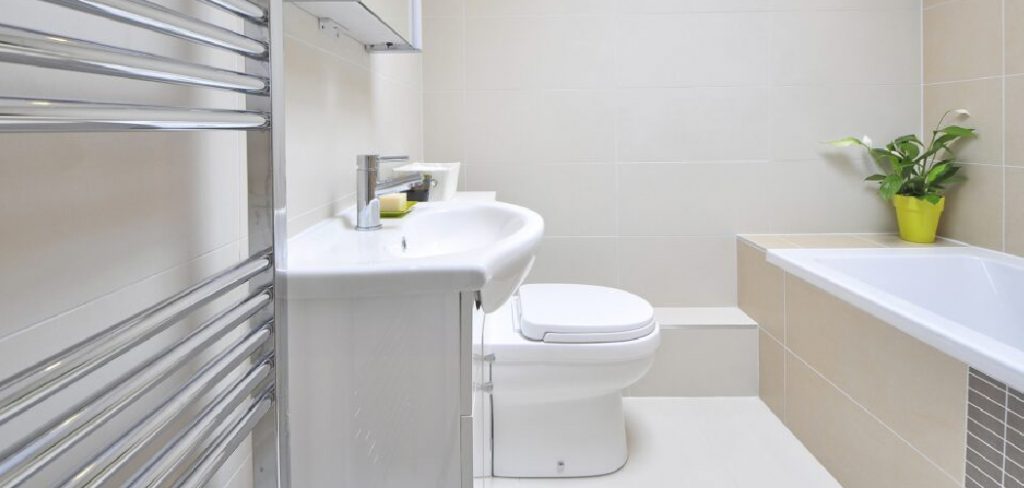
Can You Fix a Flooded Bathroom?
Nobody wants to walk into their bathroom and see a small flood, but unfortunately, it happens to homeowners all the time. Whether the problem is a clogged toilet, overflowing sink, or burst pipe, a flooded bathroom is a major inconvenience. But can you fix it on your own? The answer is that it depends on the severity of the flooding and the cause of the problem.
If it’s a minor issue, such as a clogged drain, you may be able to handle the situation with a plunger or snake. However, if significant damage to the pipes or water has seeped into the flooring, it’s best to call a professional to assess the situation and make the necessary repairs. Whatever you do, don’t ignore a flooded bathroom, as the long-term effects can lead to mold, mildew, and costly repairs.
Why Should You Fix a Flooded Bathroom?
Coming home to a flooded bathroom may be frustrating and overwhelming, but it’s important to take immediate action. Not only can standing water cause damage to your flooring and walls, but it can also lead to harmful mold and mildew growth. Ignoring the problem can quickly escalate into costly repairs and potential health hazards.
By addressing the issue as soon as possible, you can prevent further damage and ensure the safety and cleanliness of your home. Plus, fixing a flooded bathroom is a responsible way to ensure your property’s value and avoid any future headaches. Don’t let a flooded bathroom dampen your spirits – take action today!
How to Fix a Flooded Bathroom: A Step-by-Step Guide
Step 1: Turn Off the Water Supply
The first thing you should do when you discover a flooded bathroom is turn off the water supply. This will prevent any more water from entering the space and causing further damage. The water shutoff valve is typically located behind the toilet or sink. Once you locate it, turn it clockwise until it’s tightly closed.
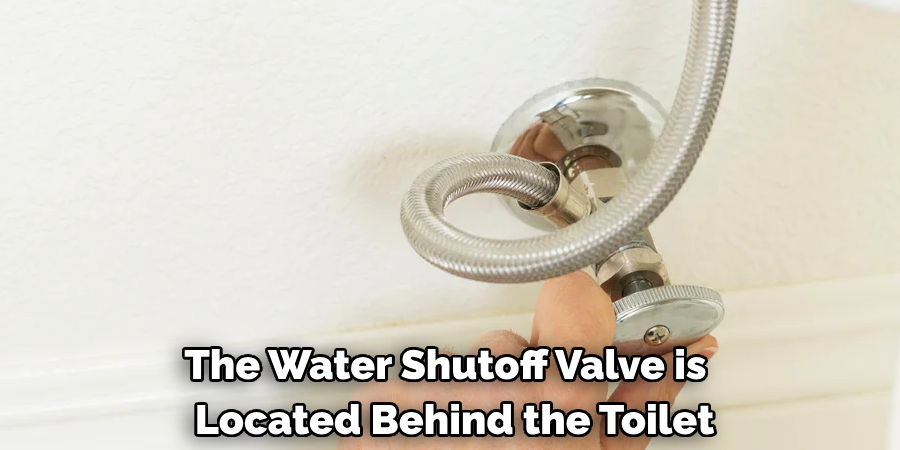
Step 2: Remove Excess Water
With the water supply turned off, it’s time to start removing the excess water. The easiest way to do this is with a wet-dry vacuum, which you can rent or purchase from a home improvement store. If you don’t have access to a wet-dry vacuum, towels or a mop can do the trick. Be sure to remove as much water as possible to prevent mold or water damage.
Step 3: Determine the Cause of the Flood
Before you can fully address the issue, you need to determine the cause of the flood. Common causes include clogged drains, overflowing toilets, or burst pipes. If you’re not sure what’s causing the flood, it’s best to call in a professional plumber to assess the situation and make any necessary repairs.
Step 4: Dry Out the Area
Once you’ve removed all the excess water and determined the cause of the flood, it’s time to dry out the area. This can be done with fans or a dehumidifier to prevent any mold or mildew from growing. Be sure to leave the fans on for several hours or overnight to fully dry out the space. You can also use a moisture meter to ensure the area is completely dry before moving on to the next step.
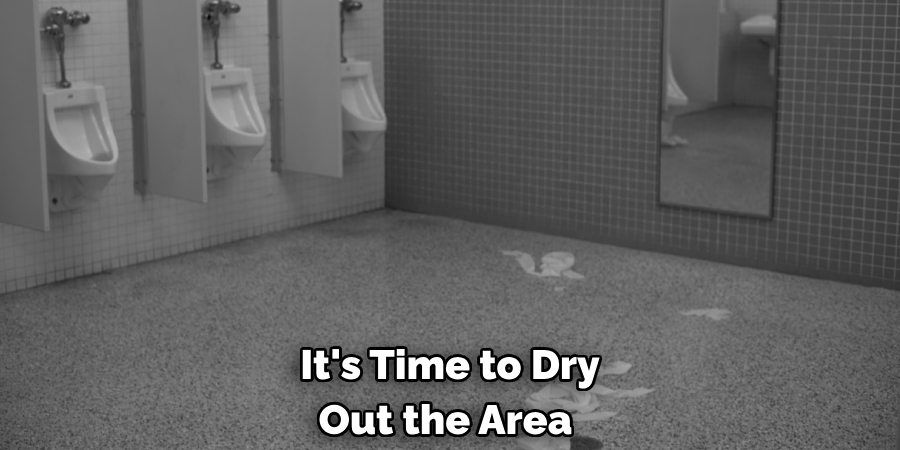
Step 5: Disinfect and Clean
After the area has dried out, it’s important to disinfect and clean the affected areas. Use a mixture of water and bleach or a commercial disinfectant to sanitize all surfaces. This will help prevent bacteria or germs from growing in the flooded area.
Step 6: Check for Damage
Once everything has been cleaned and disinfected, it’s time to check for any damage that may have occurred during the flood. Look for signs of warped floors, peeling paint, or damaged walls. If you notice any significant damage, it’s best to call a professional for repairs.
Step 7: Take Preventative Measures
To avoid future flooded bathrooms, there are a few preventative measures you can take. Regularly check and clean your drains to prevent clogs, invest in a water leak detector to catch any potential leaks early on, and ensure your plumbing is in good condition. Taking these steps can save you from dealing with another flood in the future.
Remember, dealing with a flooded bathroom can be overwhelming and stressful, but following these steps will help you handle the situation effectively. Just stay calm and take it one step at a time. And if all else fails, don’t hesitate to call in a professional for assistance.
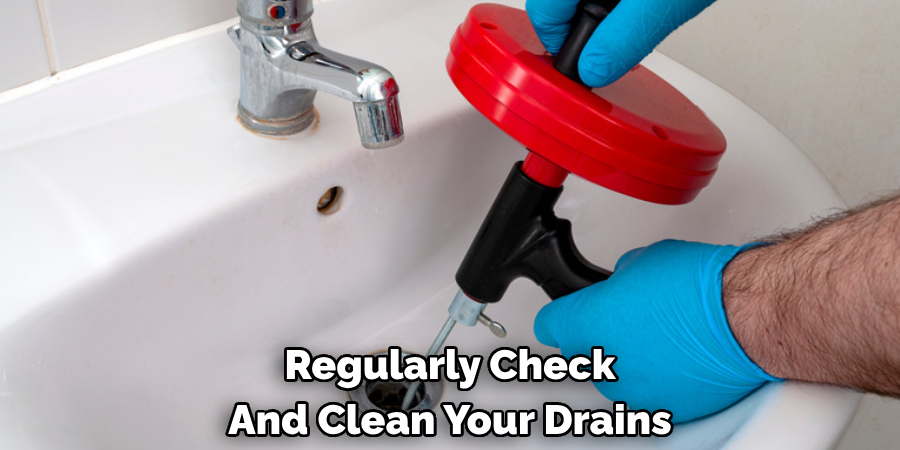
5 Considerations Things When You Need to Fix a Flooded Bathroom
1. Shut off the Water
The first step in fixing a flooded bathroom is to shut off the water. This can be done by turning off the main water valve or the individual valves for the sink, toilet, and shower. Once the water has been shut off, it’s important to clean up any standing water to prevent further damage.
2. Check for Leaks
Once all of the standing water has been removed, it’s important to check for any leaks that may have caused the flooding. This may include checking under sinks and behind toilets for signs of water damage or checking pipes for breaks or cracks. If any leaks are found, they should be fixed immediately to prevent future flooding.
3. Inspect Your Plumbing System
The next step is to inspect your plumbing system to determine what caused the flooding and how best to fix it. This may involve checking for clogs in pipes, inspecting seals around fixtures, and testing pressure levels in pipes and drains. It’s important to have an experienced plumber inspect your system if you’re unsure what needs to be done.
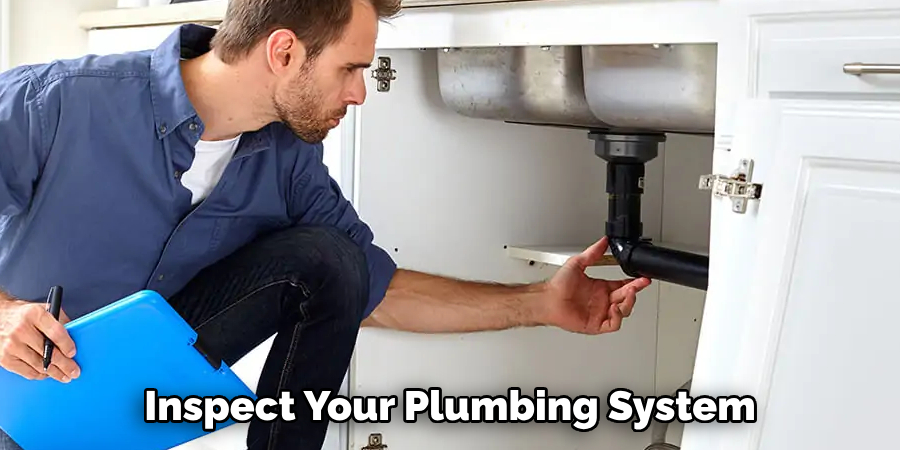
4. Replace Damaged Parts
If any parts of your plumbing system are damaged due to flooding, they should be replaced as soon as possible to prevent further damage from occurring. This may include replacing pipes, fixtures, or even entire sections of your plumbing system, depending on how extensive the damage is.
5. Clean Up Any Remaining Water Damage
Finally, once all repairs have been made, it’s important to clean up any remaining water damage from the flood to prevent mold and mildew from growing in your bathroom. This may include wiping down walls and floors with a disinfectant solution or using fans and dehumidifiers to dry out wet areas quickly and thoroughly
5 Benefits of Fix a Flooded Bathroom
1. Prevention of Mold and Mildew Growth
One of the most important benefits of fixing a flooded bathroom is that it can help prevent the growth of mold and mildew. Mold and mildew thrive in damp, dark environments, so if your bathroom is flooded, it can provide the perfect breeding ground for these organisms. By fixing the issue as soon as possible, you can help prevent mold and mildew from growing in your bathroom.
2. Improved Air Quality
Fixing a flooded bathroom can also help to improve the air quality in your home. When water accumulates in a room, it can lead to increased levels of humidity, which can make it difficult to breathe properly. This can be especially problematic for people with allergies or asthma, as they may experience difficulty breathing due to the high moisture levels in the air. Fixing a flooded bathroom will help to reduce humidity levels and improve air quality in your home.
3. Cost Savings
Fixing a flooded bathroom can also save you money in the long run by preventing further damage. If left untreated, water damage can cause serious structural damage to walls, floors, and ceilings over time. By addressing the issue right away, you can help to avoid costly repairs down the road.
4. Reduced Risk of Fire Hazards
A flooded bathroom also increases the risk of fire hazards due to electrical wiring exposure to water. When electrical wiring becomes wet, it increases the chances of an electrical fire occurring due to short-circuiting or other issues related to moisture exposure. Fixing a flooded bathroom will help to reduce this risk by ensuring that all wiring is properly insulated and dry at all times.
5. Increased Home Value
Finally, fixing a flooded bathroom will also increase the value of your home if you ever decide to sell it down the road. A home with visible signs of water damage is less desirable than one without any issues, so potential buyers may be less likely to make an offer on your home if there are signs that there has been flooding or water damage present at some point in time
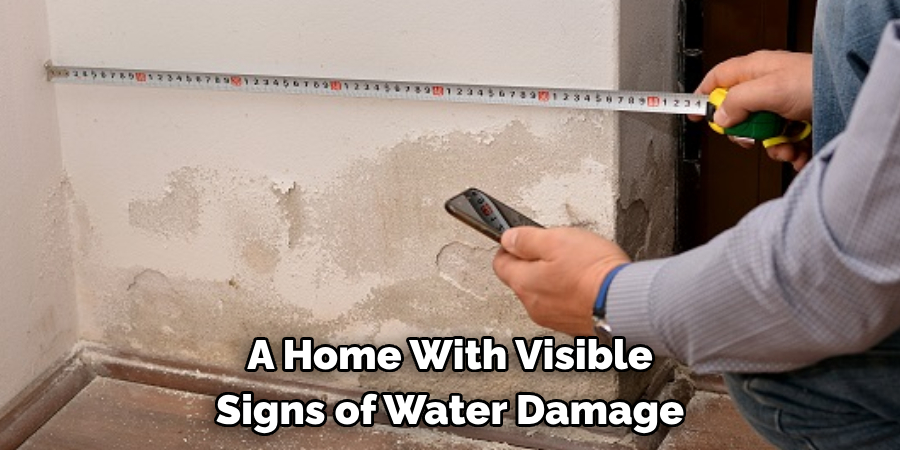
Some Common Mistakes People Make When Trying to Fix a Flooded Bathroom
When your bathroom floods, it can be a frustrating and stressful experience. Unfortunately, many people make common mistakes when fixing the issue themselves. One of the biggest mistakes is not turning off the water source before attempting any repairs. This can lead to further flooding and damage. Another mistake is using the wrong tools or techniques to fix the problem. It’s important to know the cause of the flooding before attempting any fixes. Lastly, not seeking professional help when needed can also lead to costly mistakes and further damage. Remember, it’s always best to involve a professional plumber to ensure the problem is properly solved and no further damage occurs.
Conclusion
A flooded bathroom can be a major headache, but with these simple steps, you can address the issue and restore your space to its original state. Remember to turn off the water supply, remove excess water, determine the cause of the flood, dry out the area, and make repairs or call in a professional plumbing service if necessary. Taking swift action can save you from a major headache down the line. Thanks for reading our post about how to fix a flooded bathroom.
